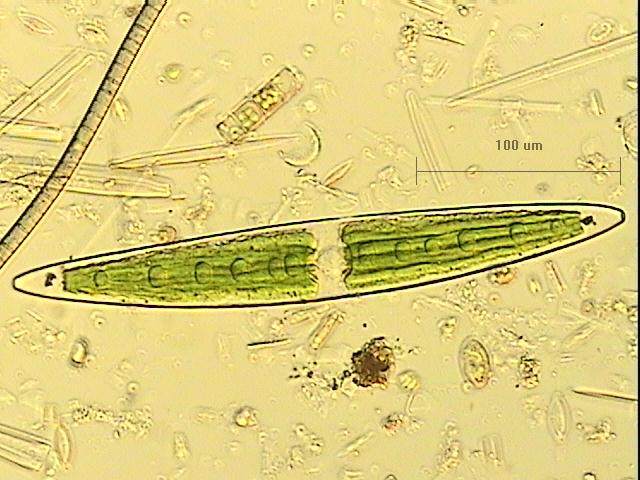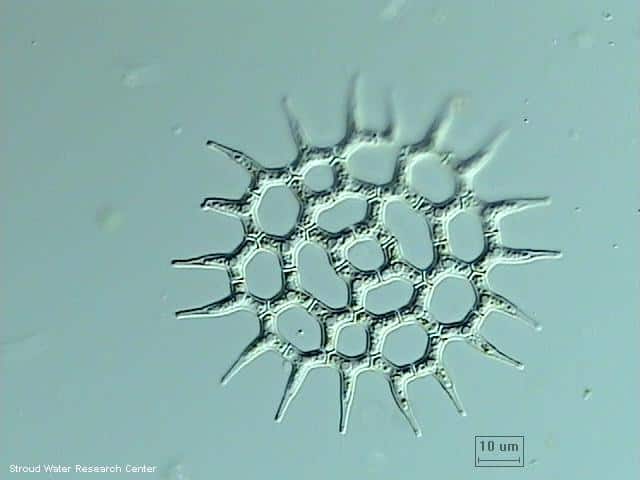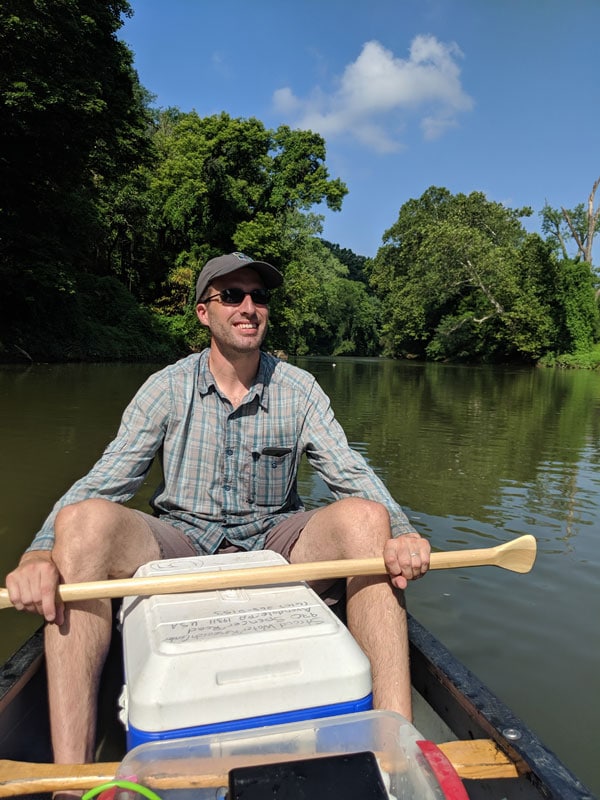Streams and rivers provide people with water to drink, places to play and discover nature, and vast biodiversity — a sign that life is thriving. These valuable services can be threatened by pollution in the form of excessive nitrogen and phosphorus, nutrients from fertilizers and untreated waste, that encourage algae to grow in rivers like weeds grow in a garden.



This pollution has caused too many rivers and streams in North America to have too much algae, which can reduce water quality and dissolved oxygen concentrations with negative consequences for the health and safety of both people and animals.

The answer is to reduce the amount of nutrients that reach rivers. But how much reduction will keep harmful algal blooms at bay is anyone’s guess. That’s because nutrients and algae from different locations are continually mixed together as river water moves downstream. This complex mixing is particularly what happens during flooding events.
A recent discovery of a novel method to evaluate how algal concentration changes during river floods may be key to more accurately predicting how much nutrients need to be reduced to keep algae under control.
This is precisely the methodology that Marc Peipoch, Ph.D., principal investigator of the Ecosystem Ecology Group at Stroud Water Research Center, will be testing and applying at multiple locations in the Delaware River Basin over the next three years as part of a new project funded by the National Science Foundation.
The project will collect high-frequency data of chlorophyll concentrations, a measure of how much algae is in the water, using water quality sensors mounted inside an underwater drifter that floats down the river along with the algae in the water. Peipoch and collaborators Melinda Daniels, Ph.D., and Scott Ensign, Ph.D., will use these data to evaluate the effects of nutrient pollution on algal growth throughout entire watersheds. They hope that once the project is complete, it can help guide policies and regulations to better address harmful algal blooms.
To support groundbreaking science like this that helps protect clean fresh water for this generation and the next, donate today.



